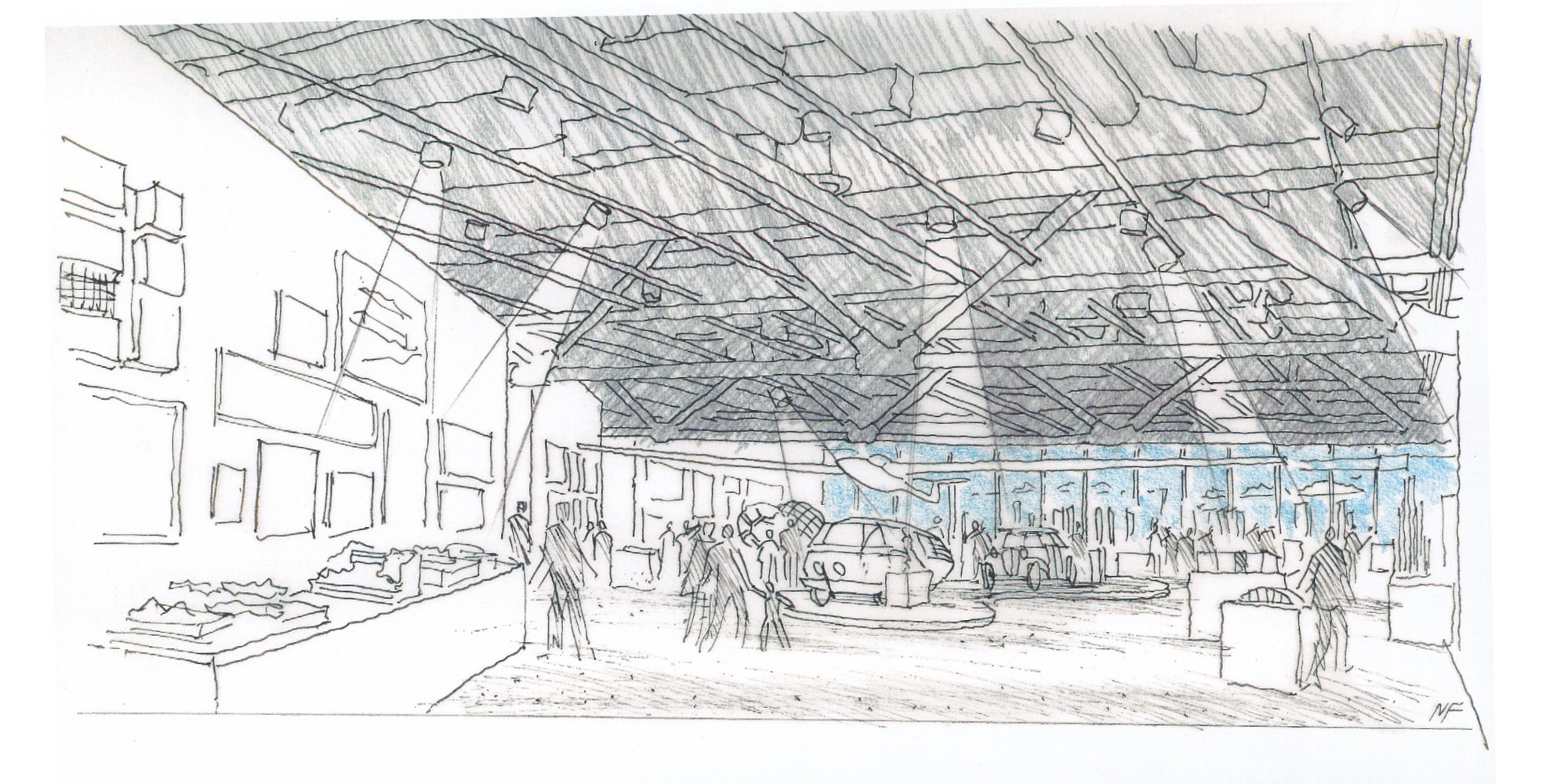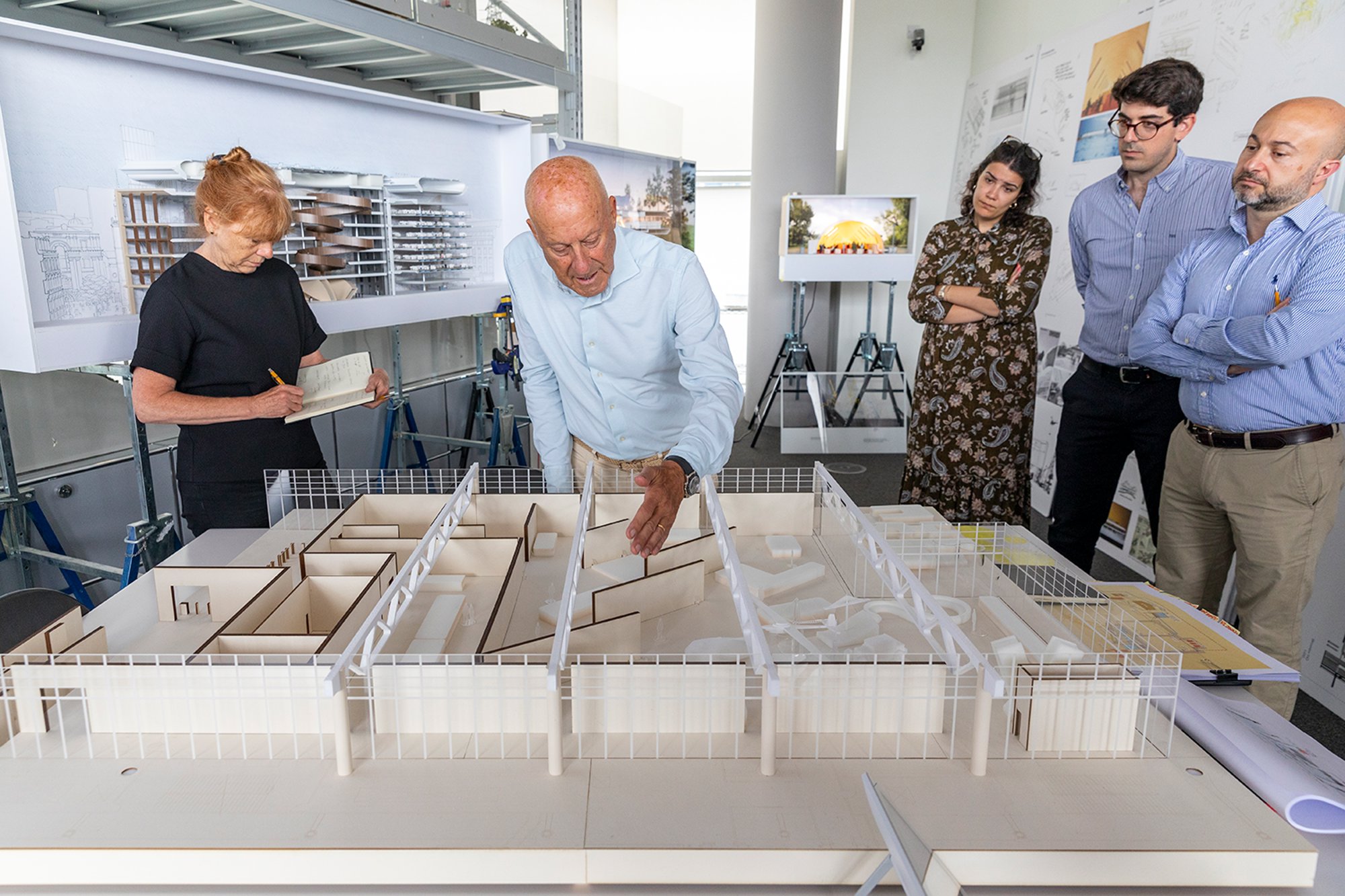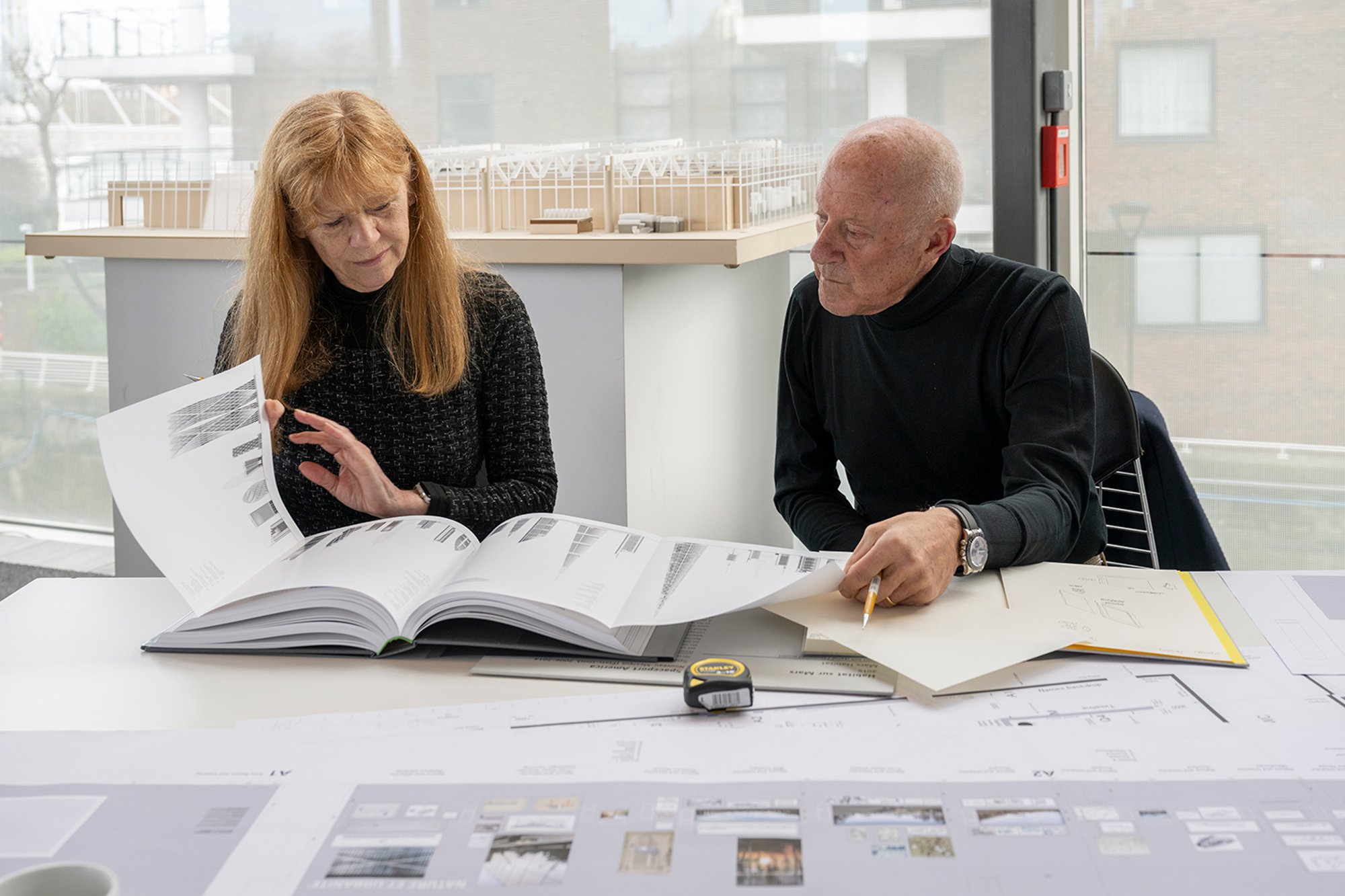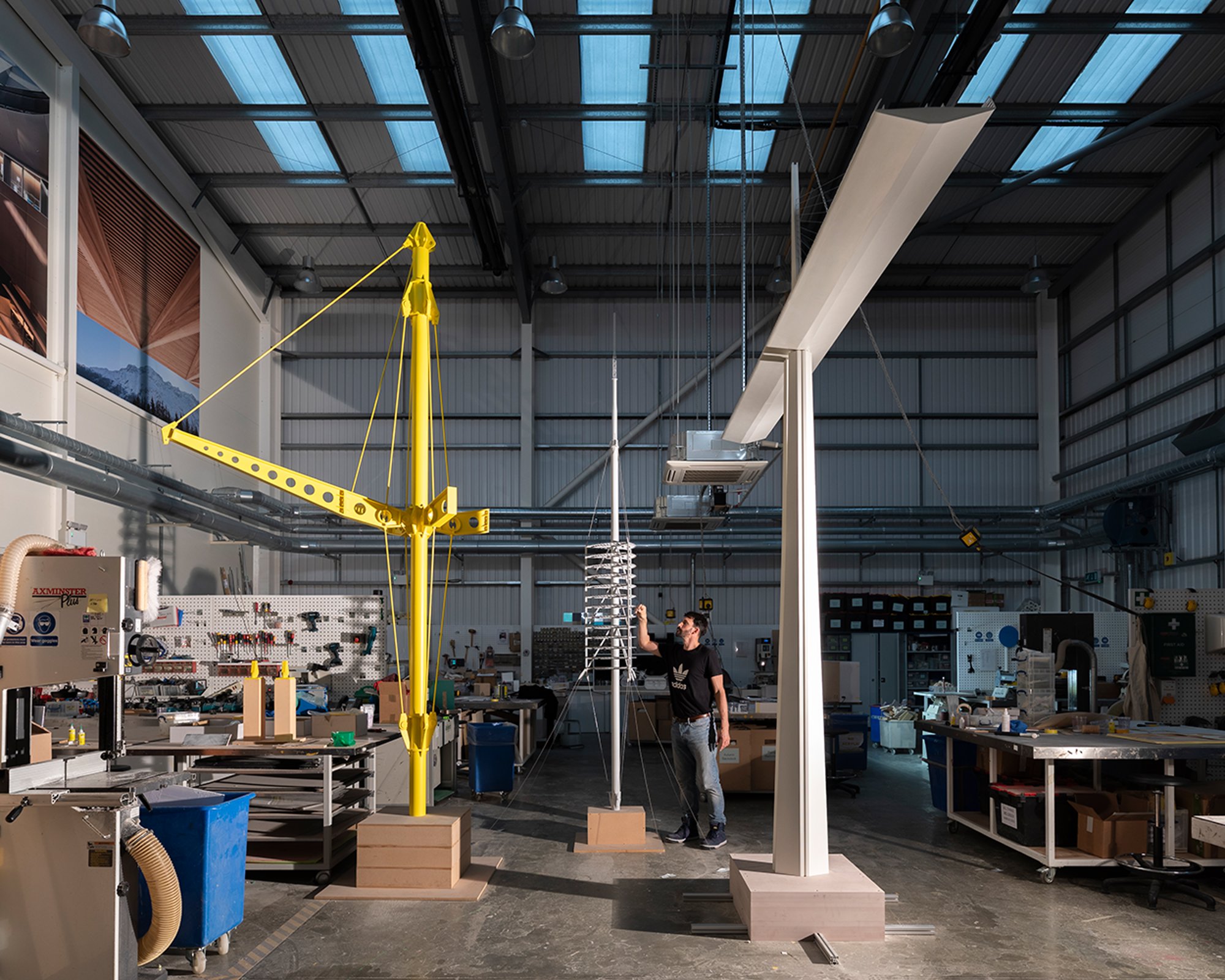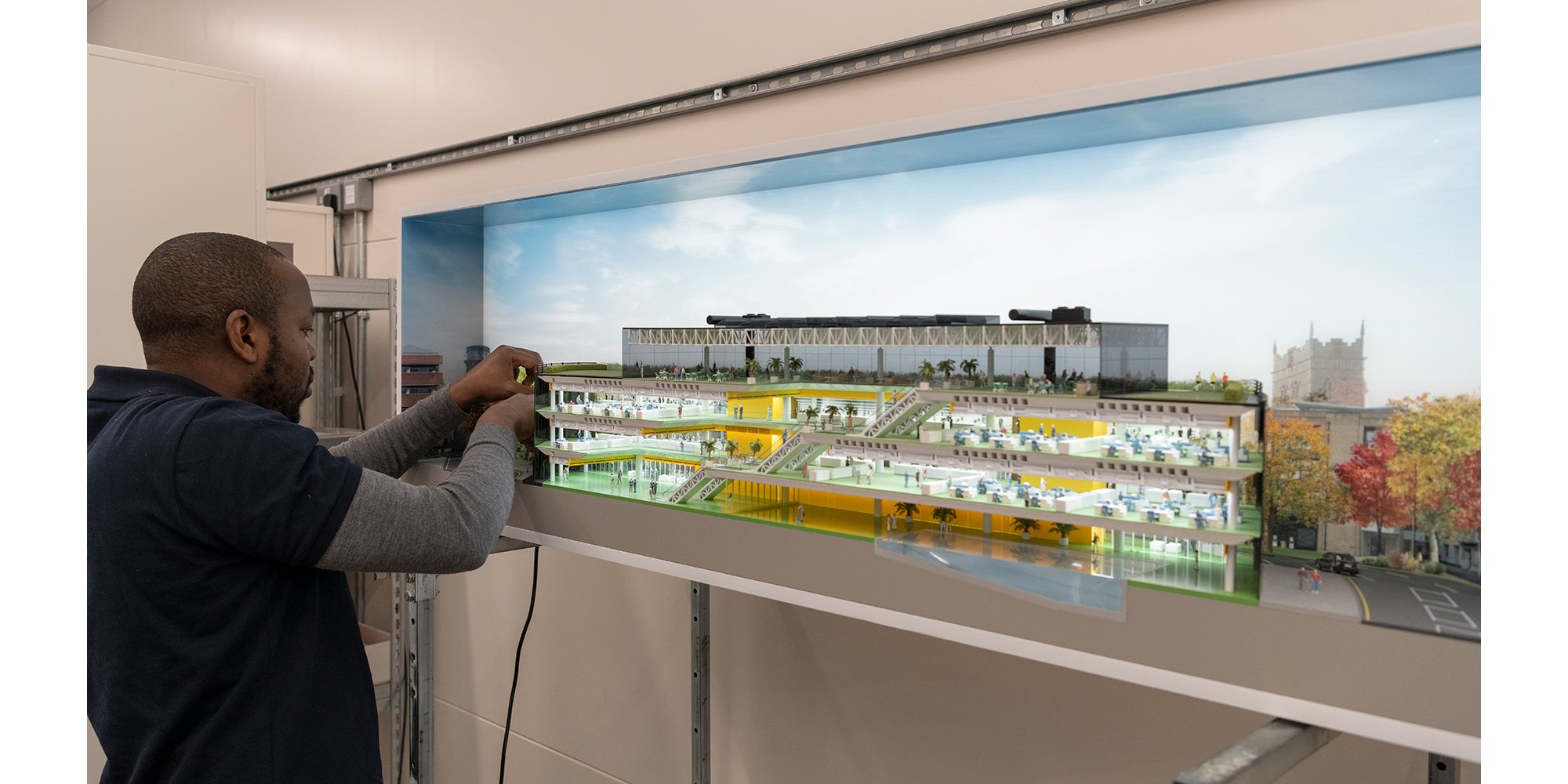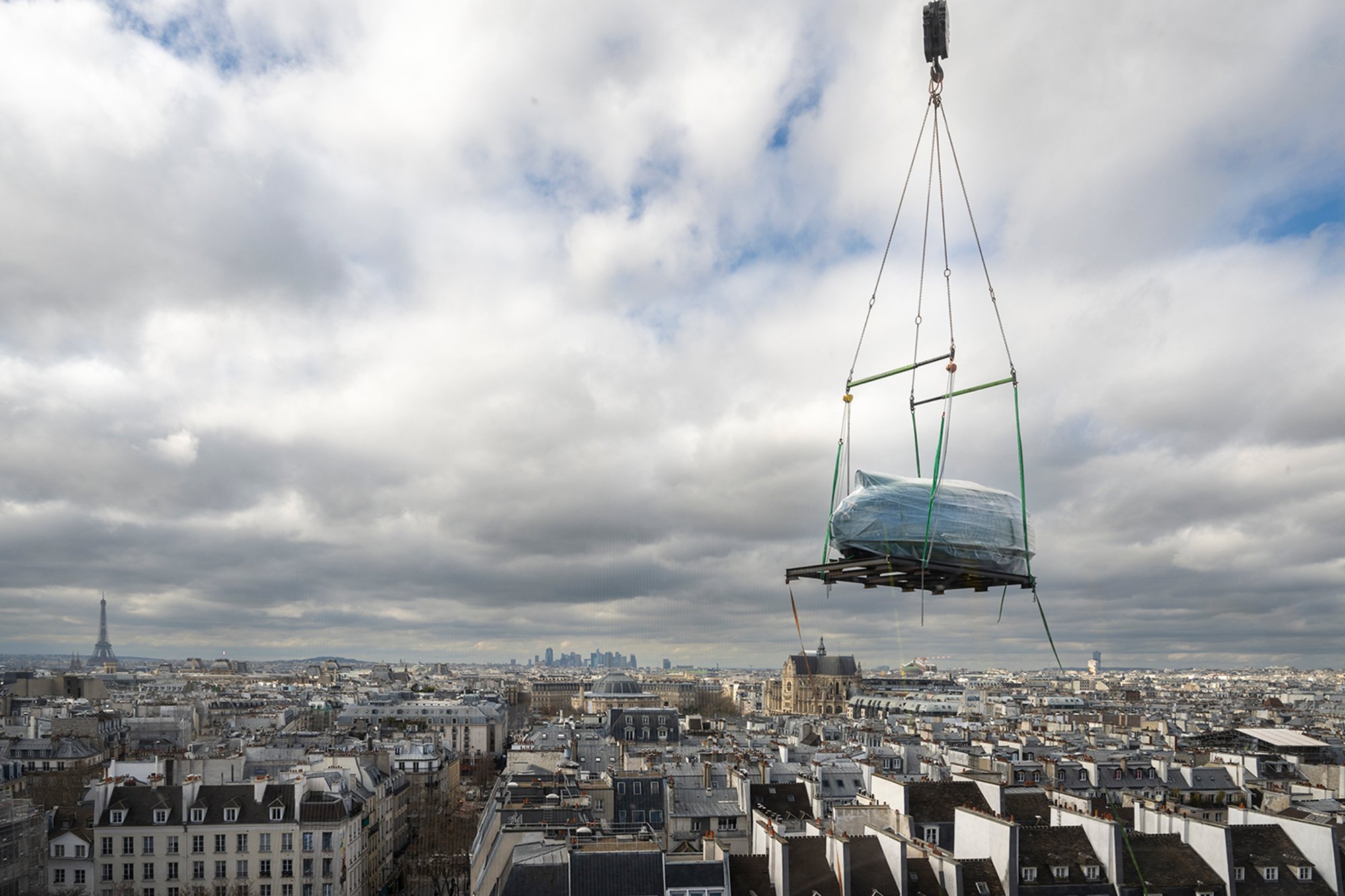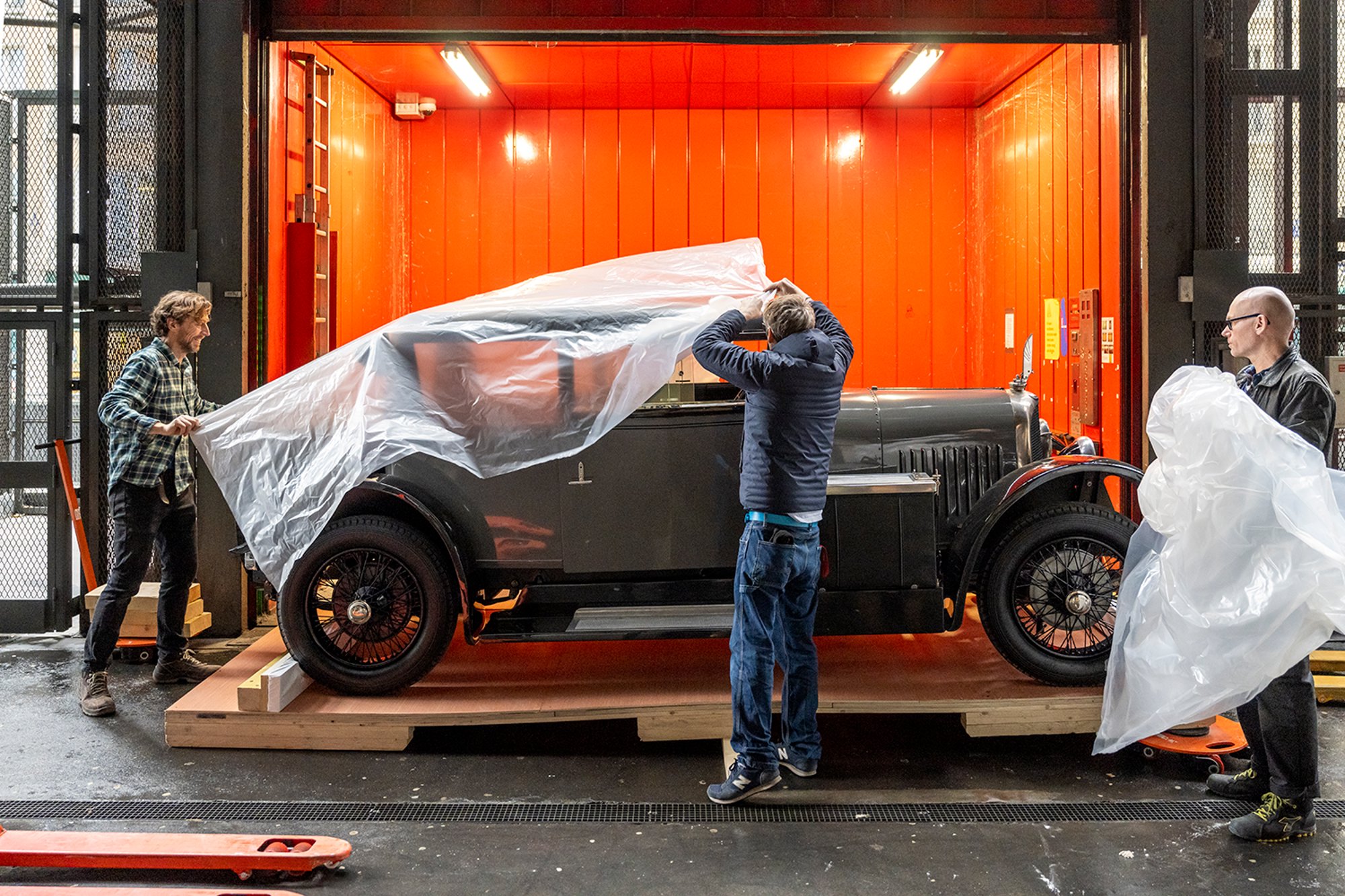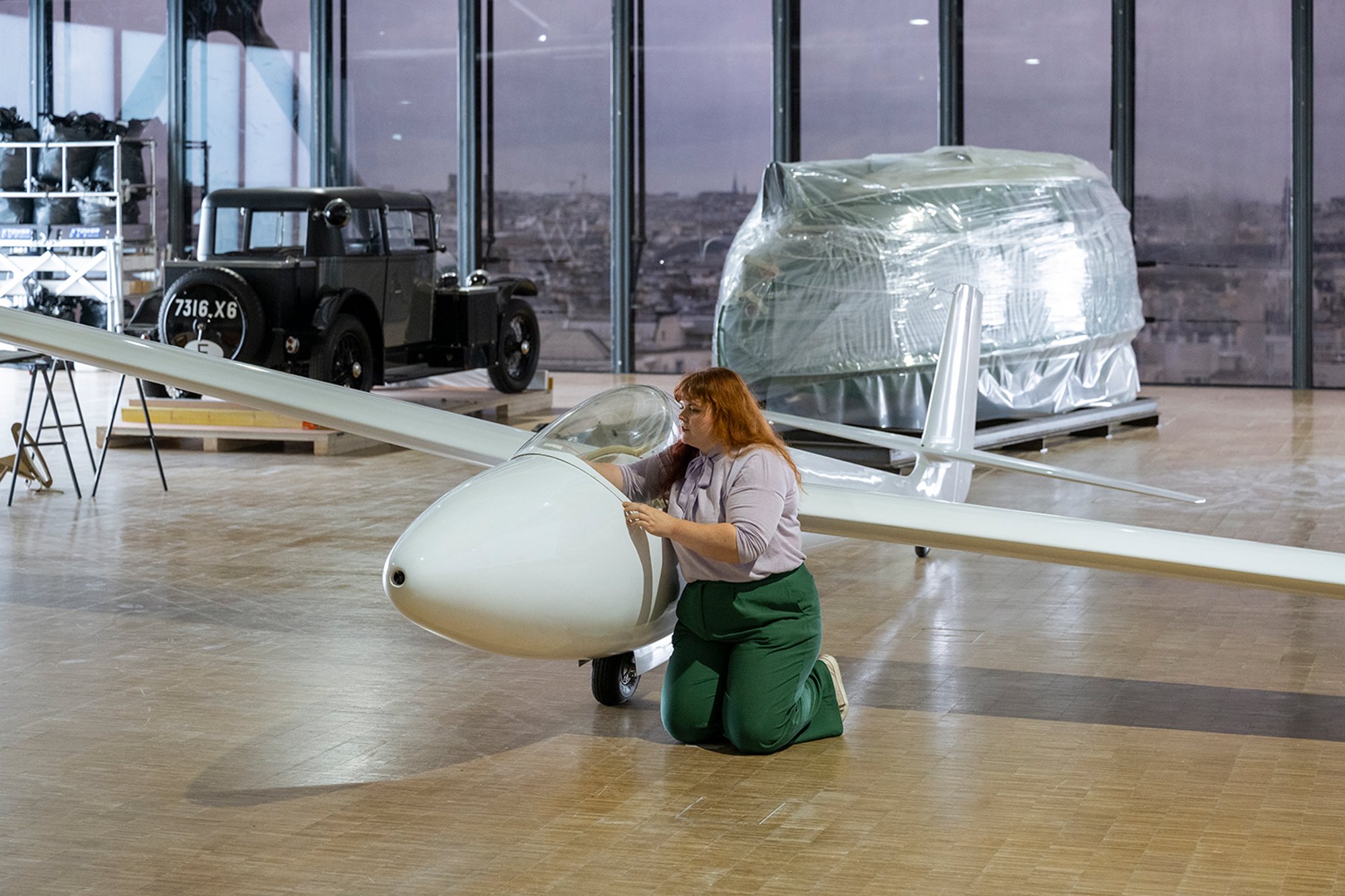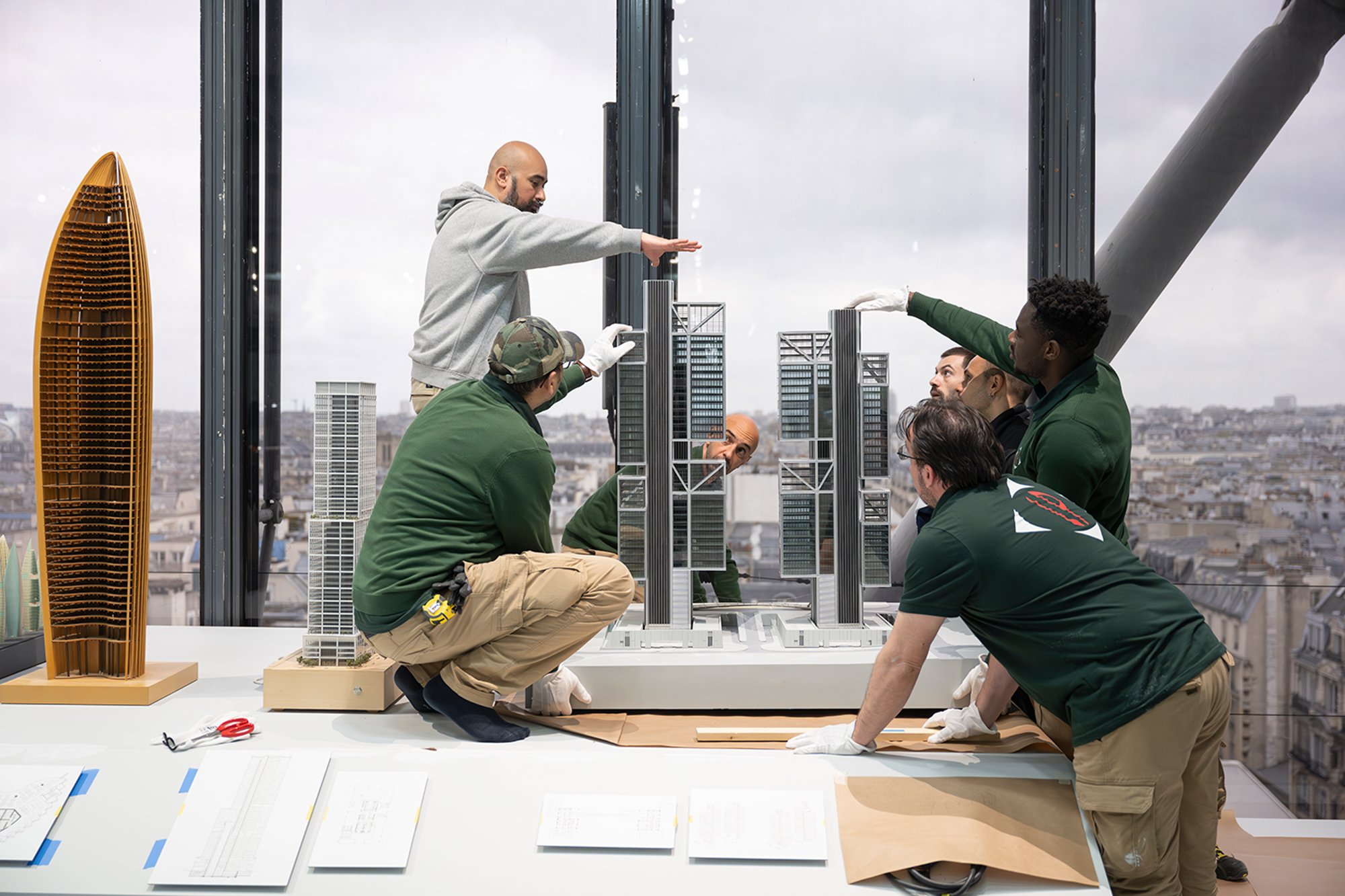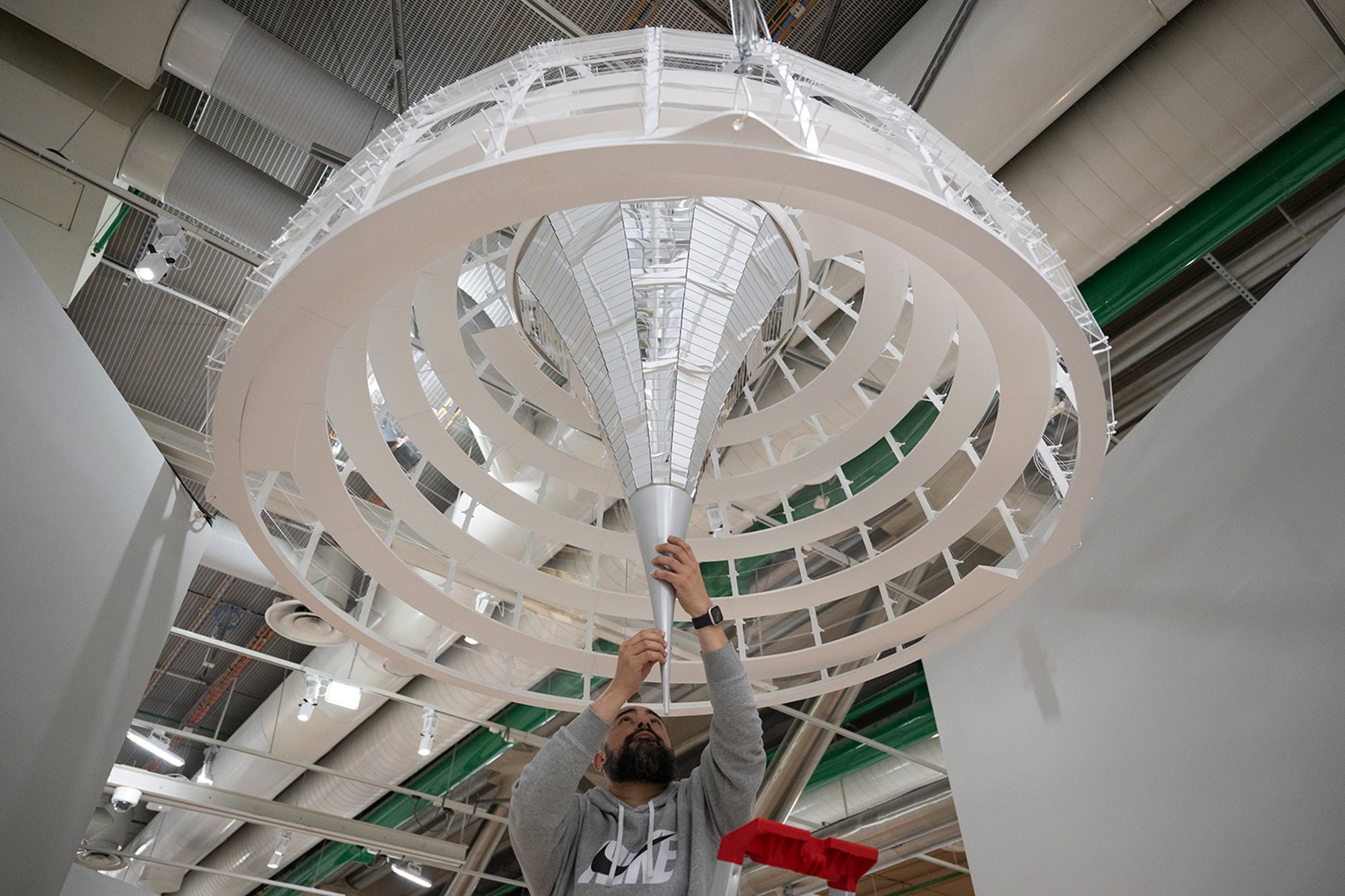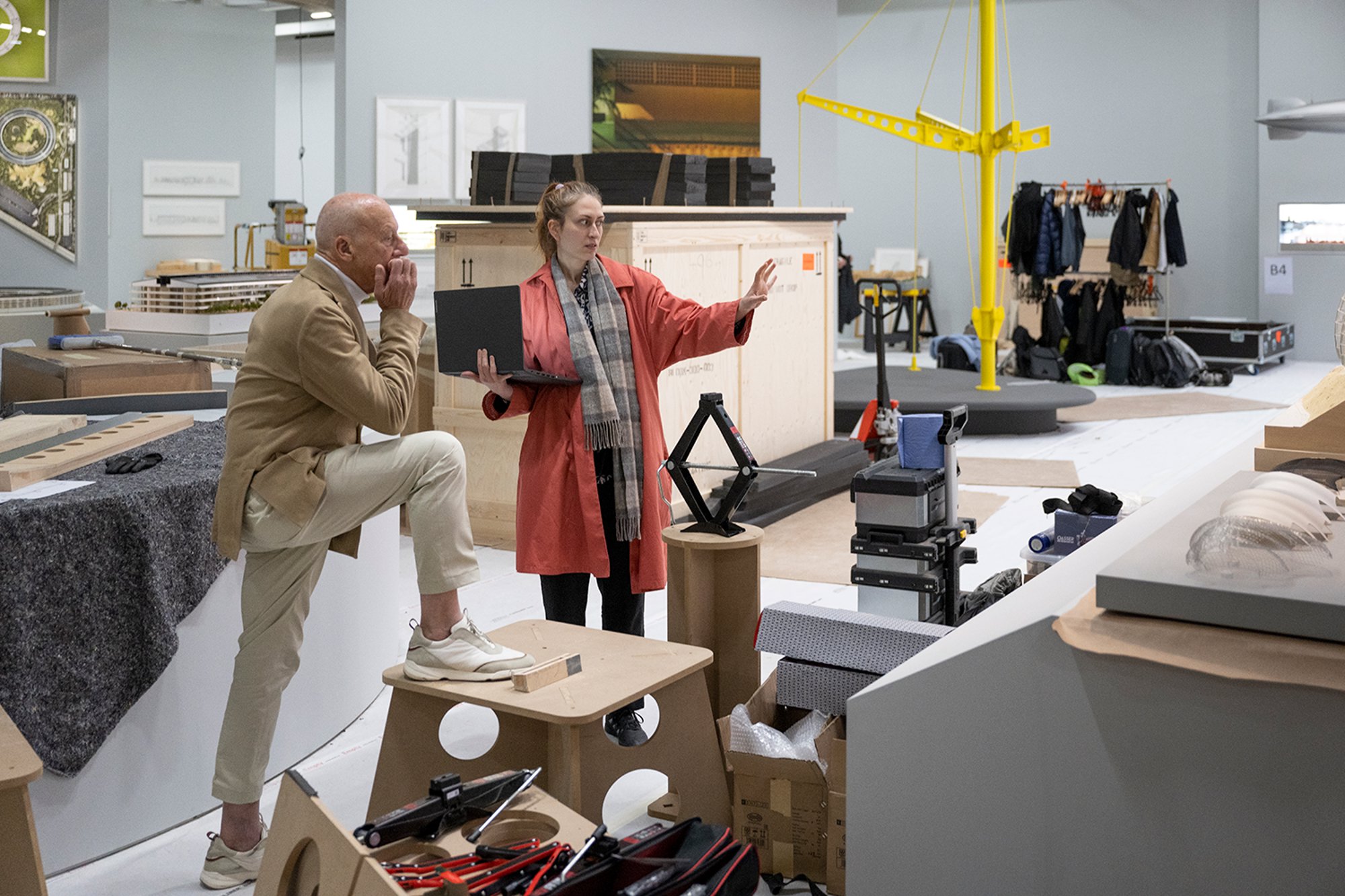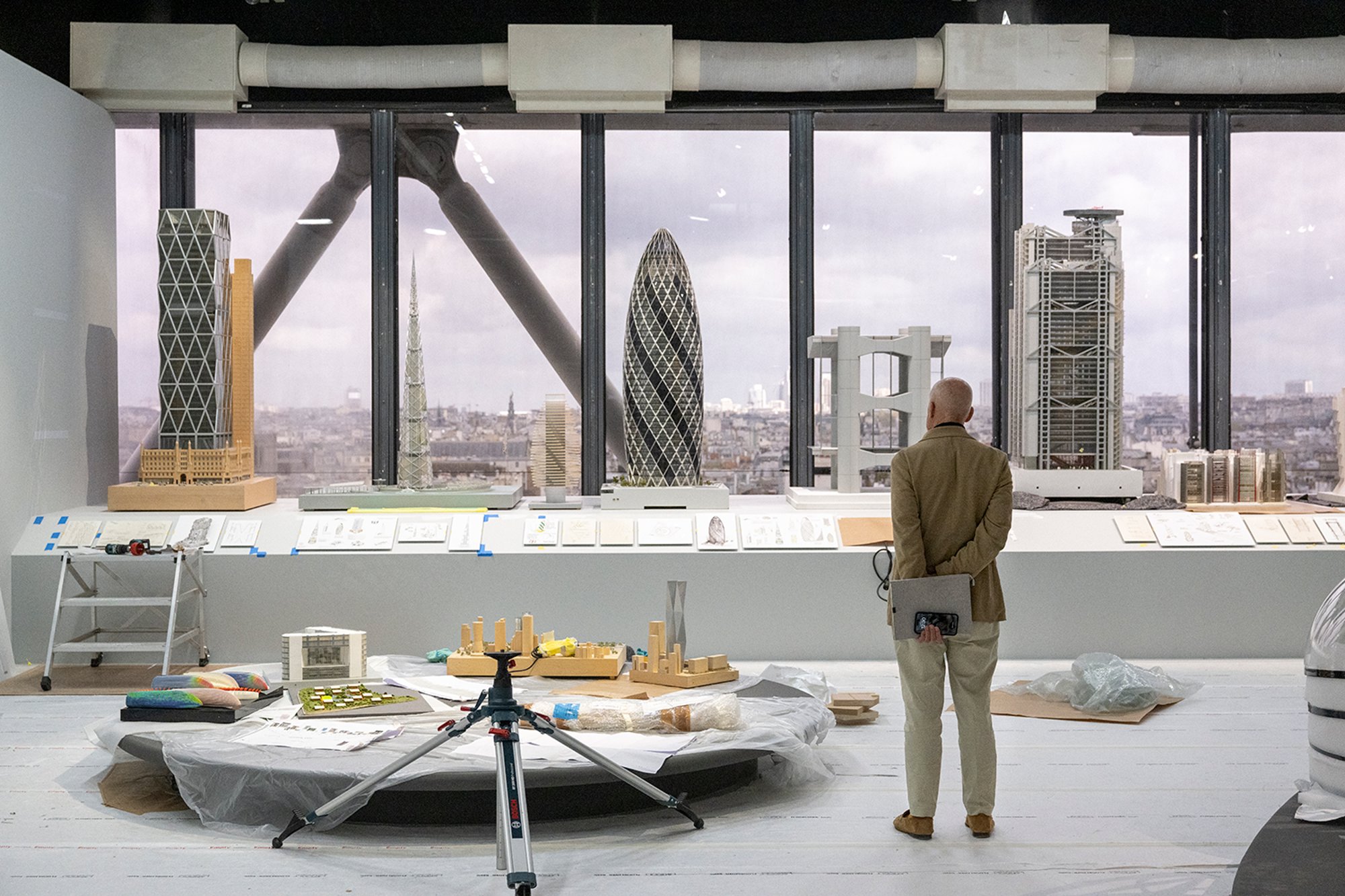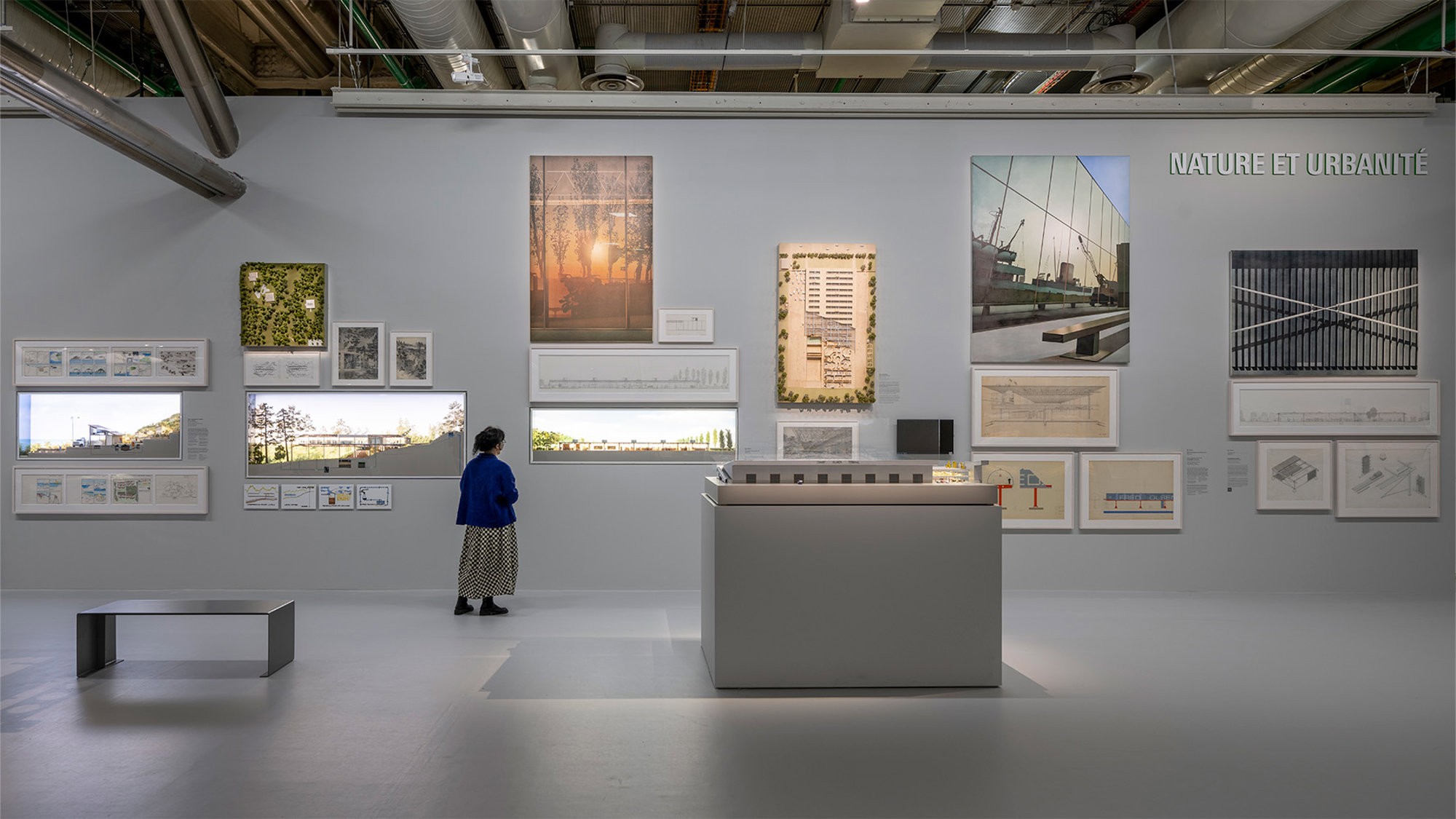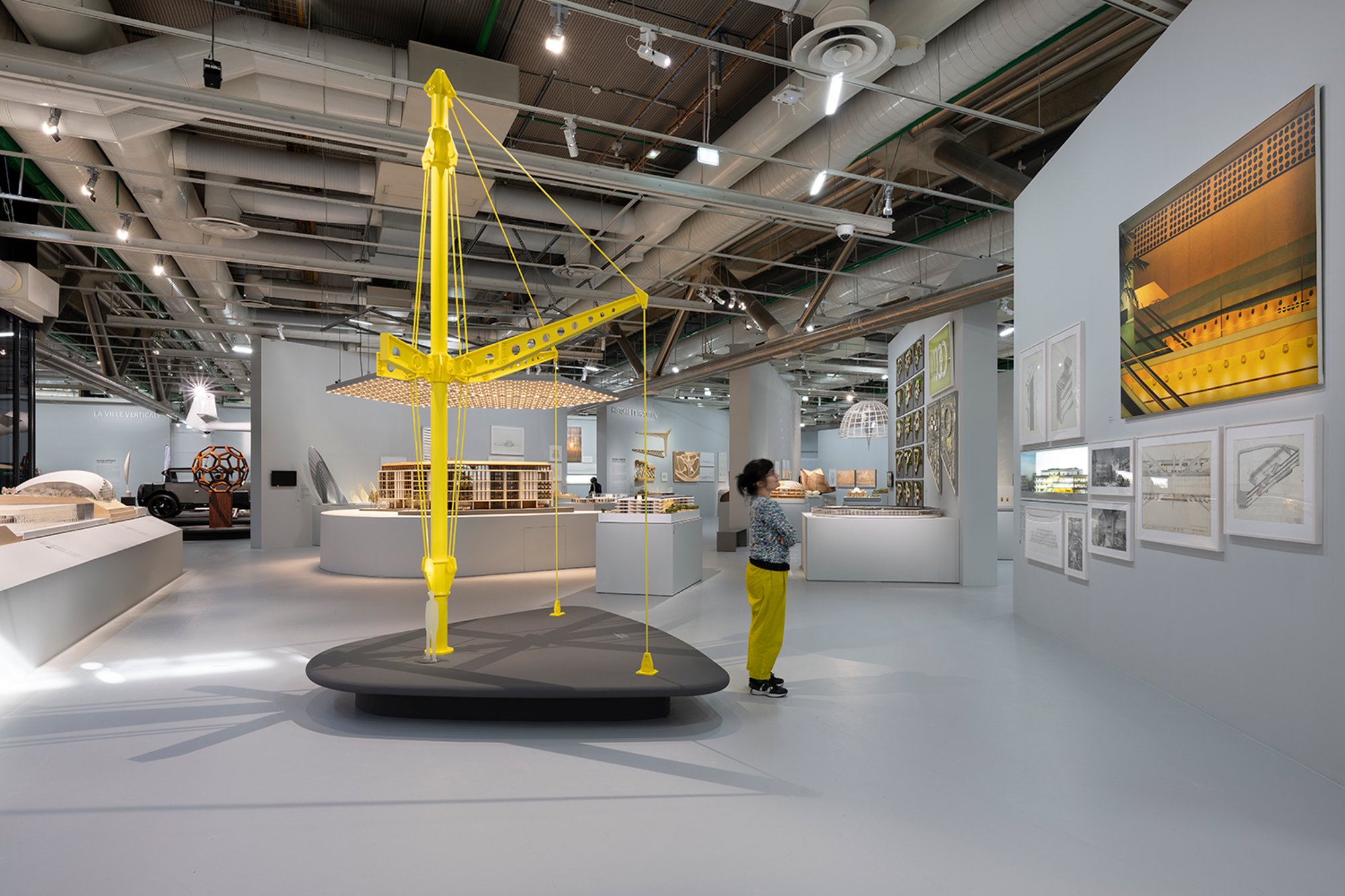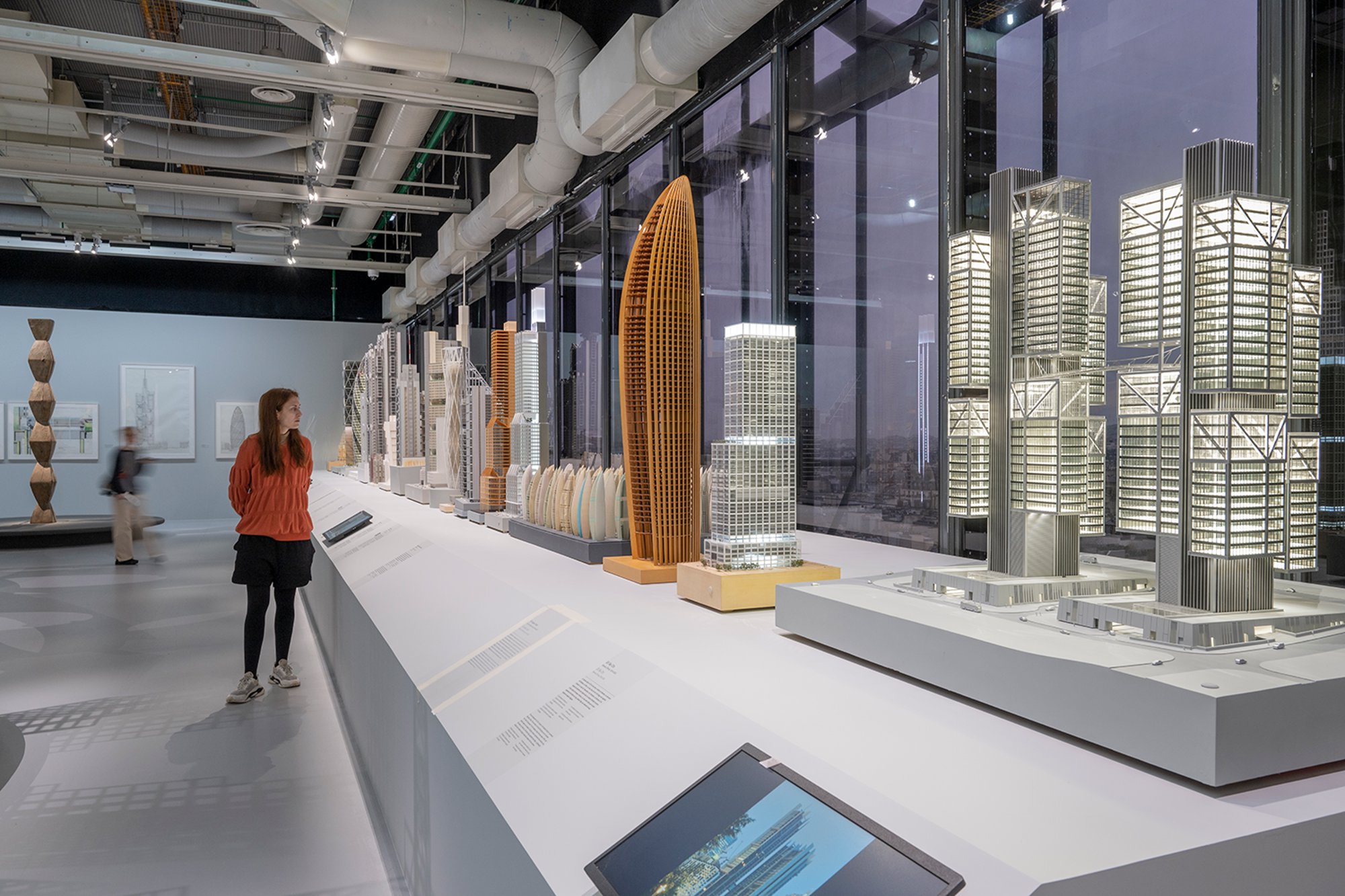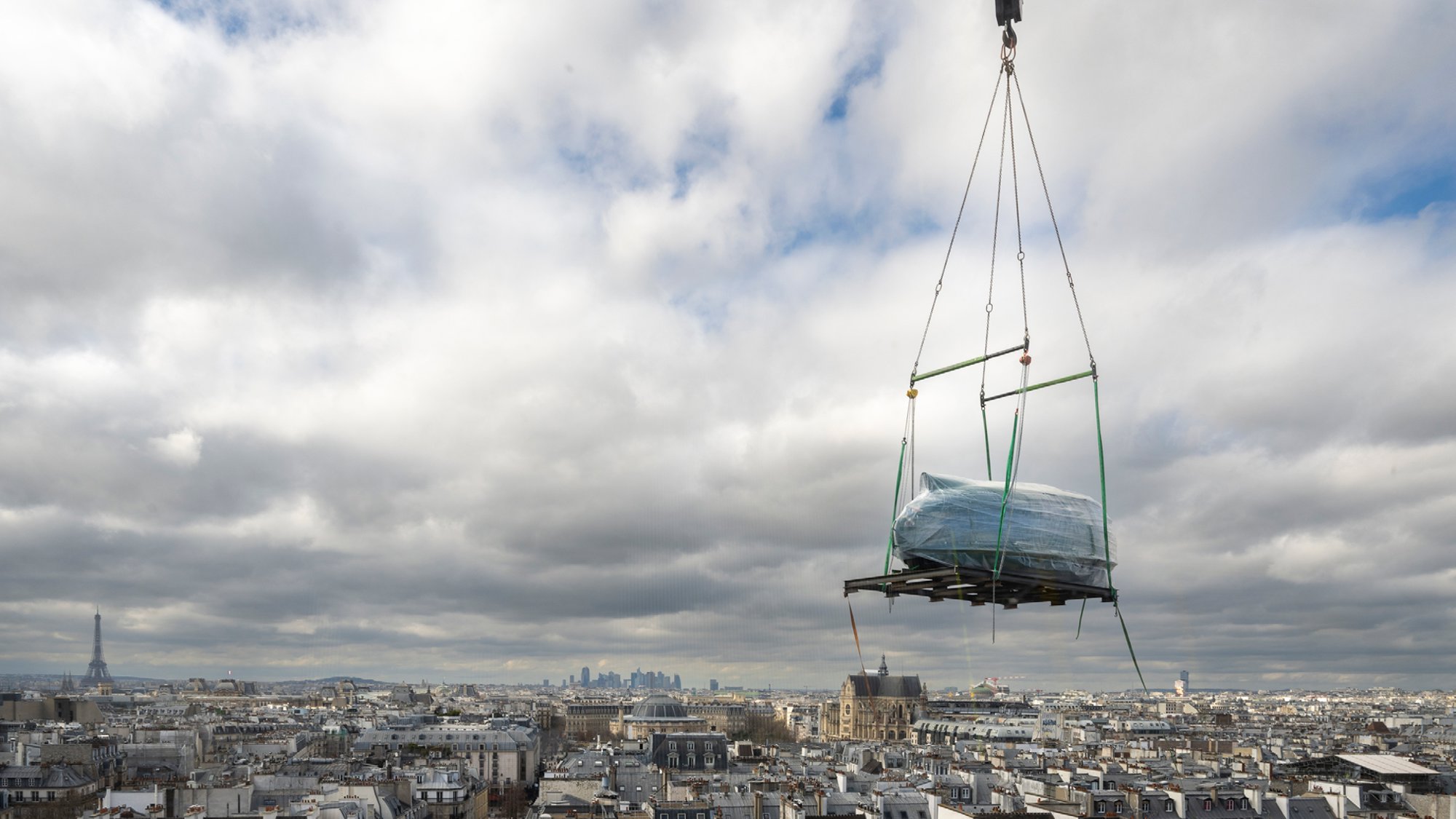The Making of… is an opportunity to reflect on Foster + Partners’ completed projects and the process of making them.
This month, the largest retrospective spanning the oeuvre of Norman Foster’s work over the last six decades opened to the public.
The exhibition, at Paris' Centre Pompidou, explores Norman Foster’s work through the prism of seven themes: Nature and Urbanity; Skin and Bones; The Vertical City; History and Tradition; Planning and Places; Networks and Mobility and Futures. Drawings, sketches, original scale models and dioramas, along with many videos, allow visitors to delve into approximately 130 major projects.
These behind-the-scenes images and video show the exhibition coming to life, from early meetings in the studio to the final weeks of preparation before the opening.









